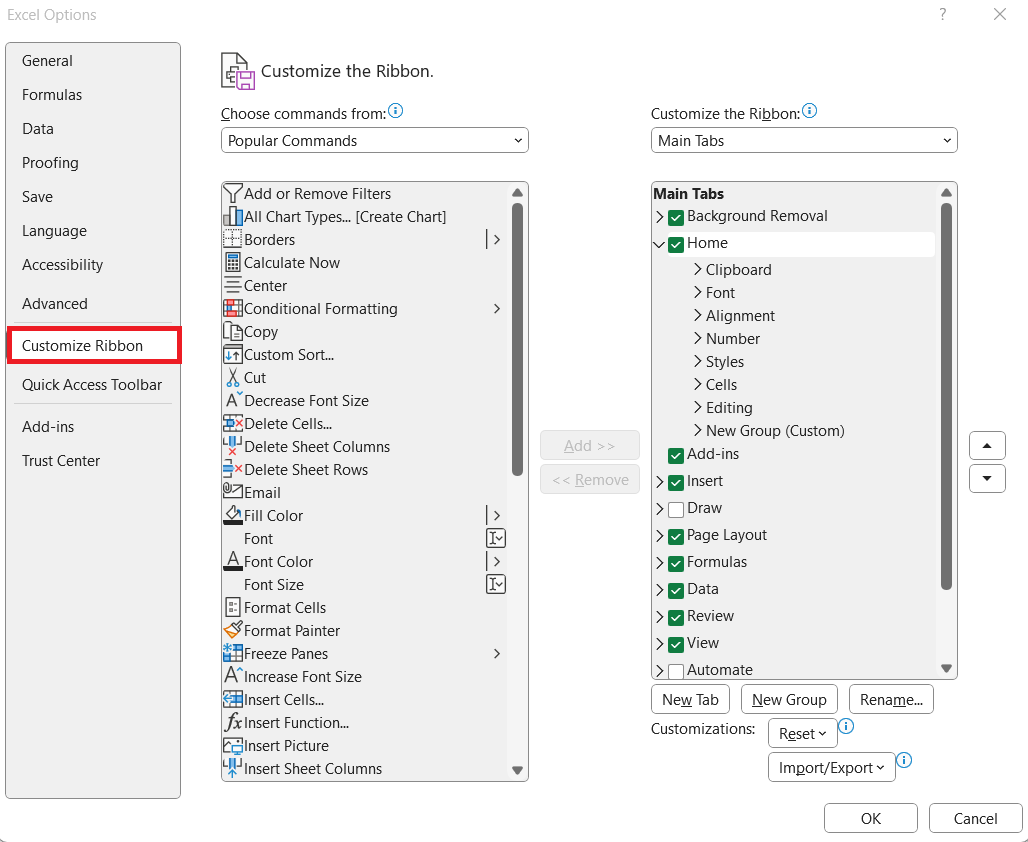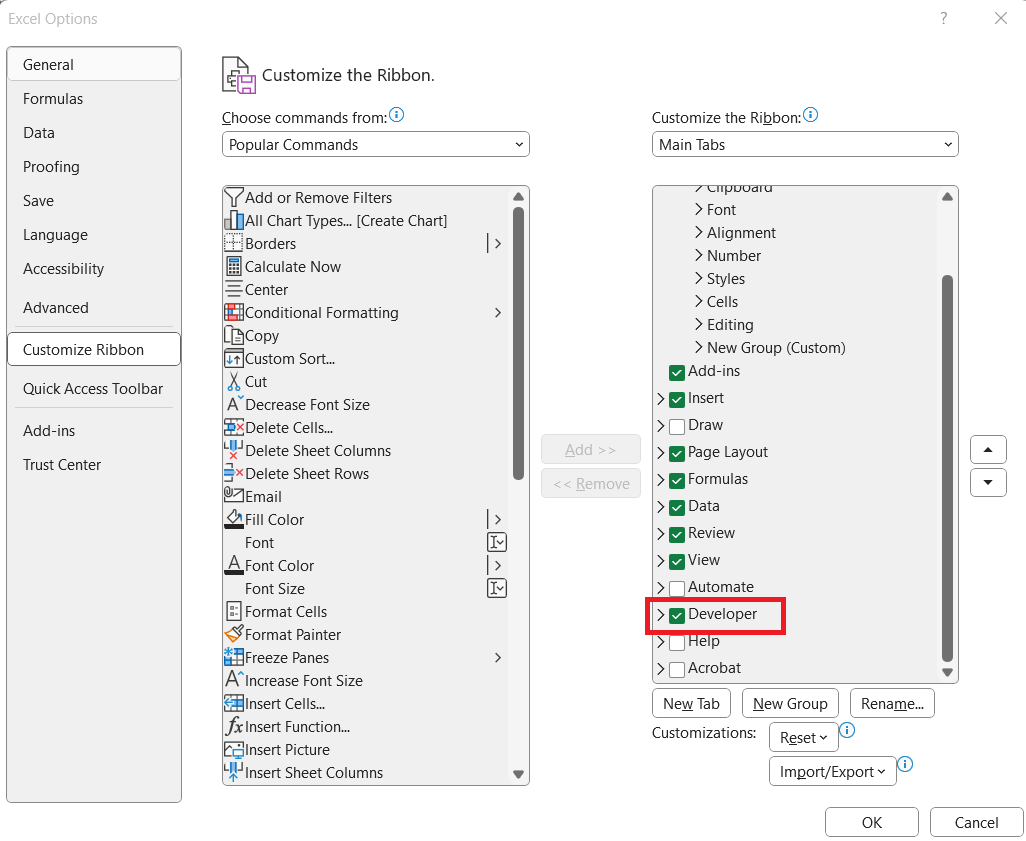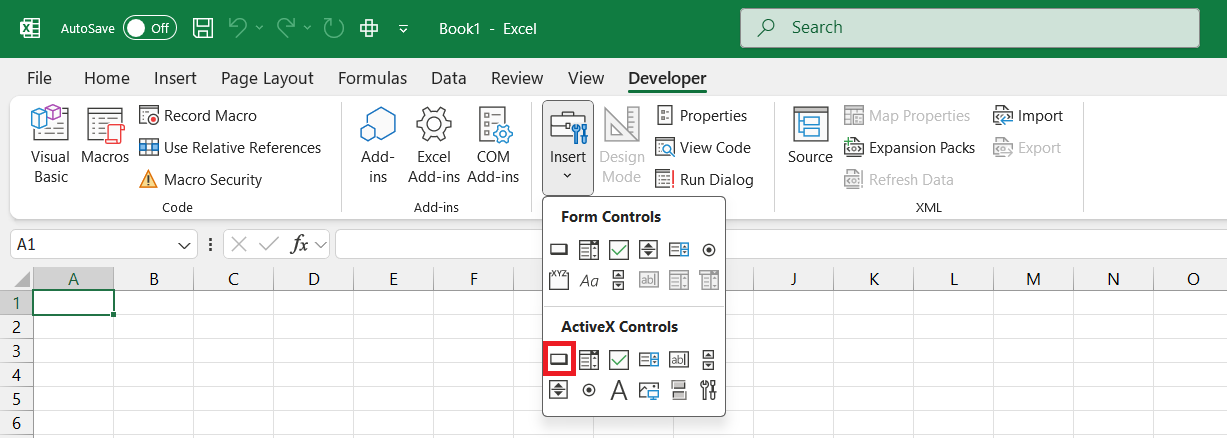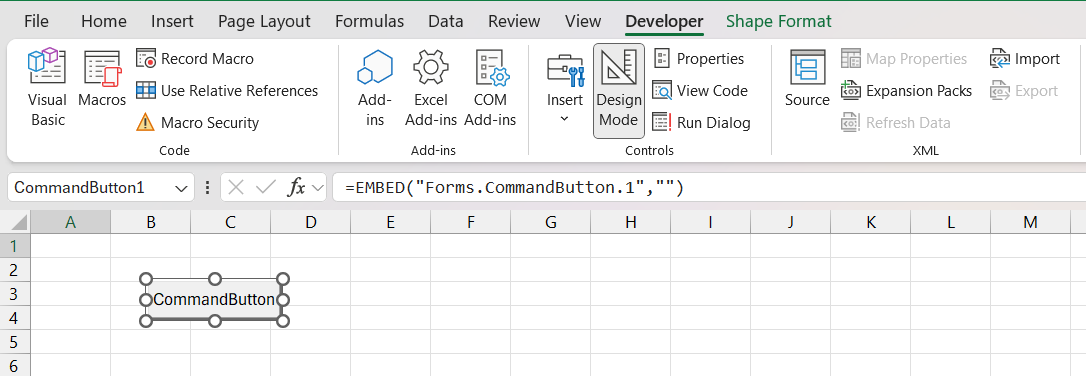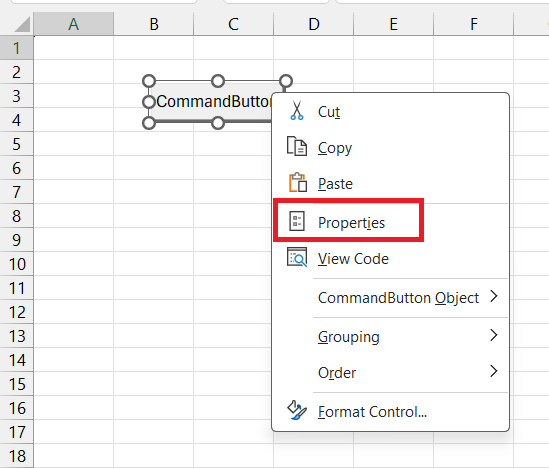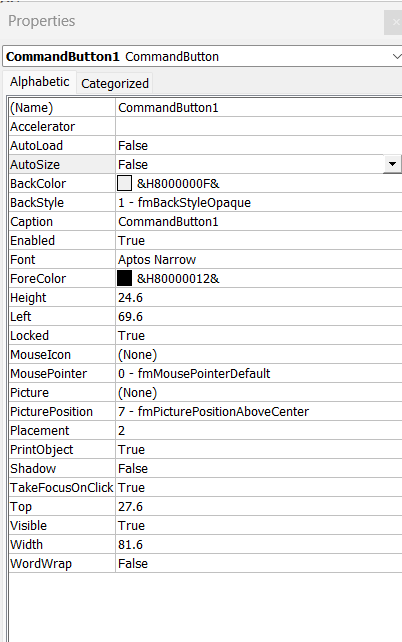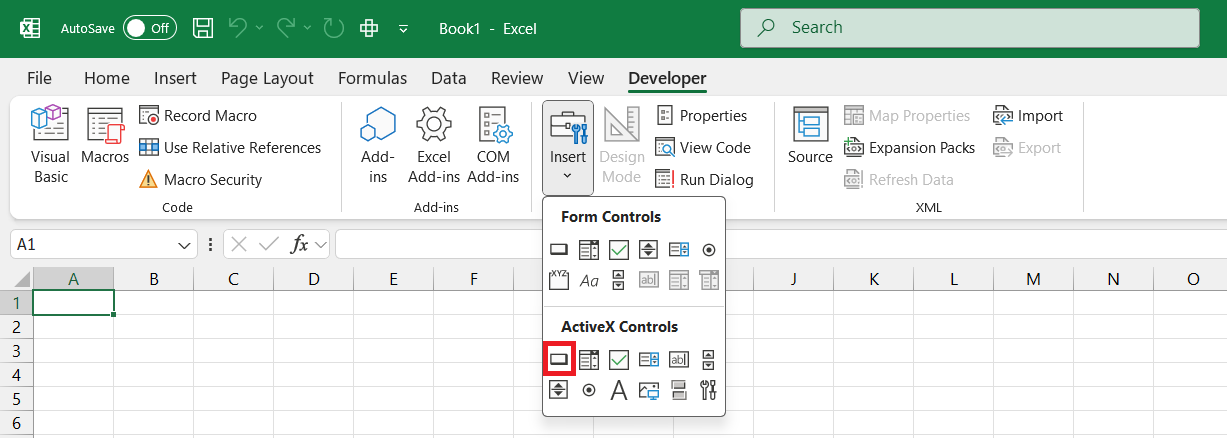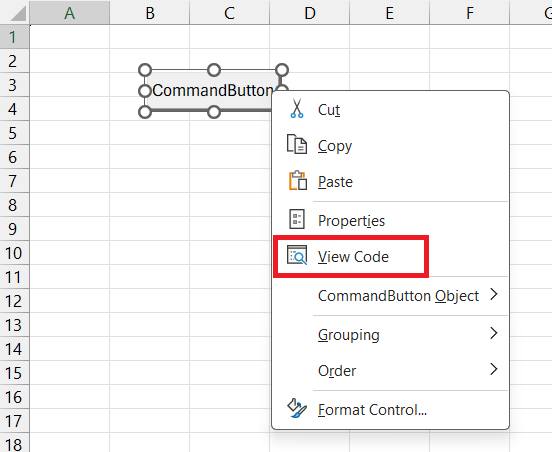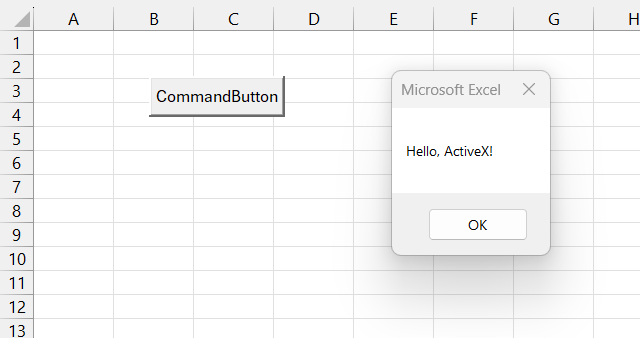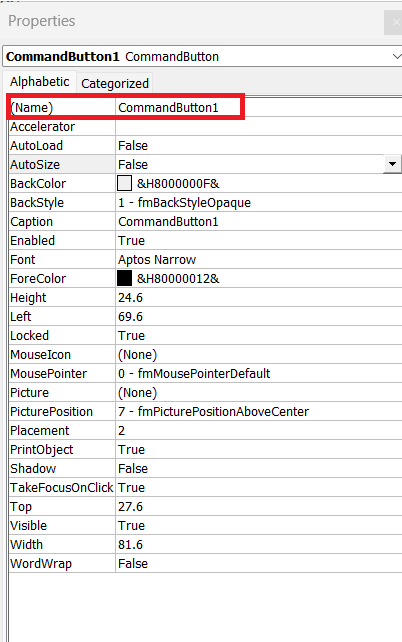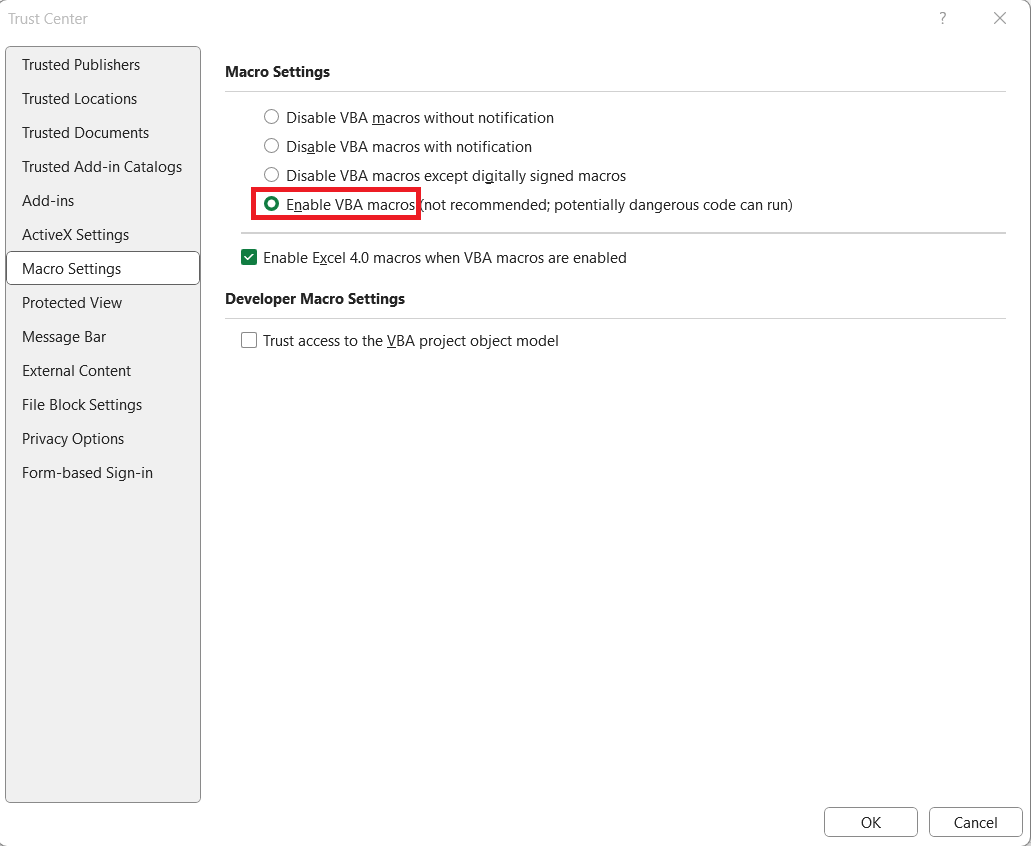When working in Excel, I often need to enhance my spreadsheets with interactive elements. That’s where ActiveX controls come in. These powerful tools allow me to add buttons, text boxes, combo boxes, and more, enabling me to create dynamic and user-friendly Excel applications. In this guide, I’ll walk you through everything you need to know about ActiveX in Excel, from what it is to how to use it effectively.
Key Takeaways:
- ActiveX controls in Excel offer powerful customization and VBA integration but require careful handling due to security risks.
- Form controls are simpler, more compatible across Excel versions, and ideal for basic interactive elements.
- Common ActiveX controls include Command Buttons, TextBoxes, ComboBoxes, CheckBoxes, and ListBoxes for enhanced user interaction.
- To use ActiveX controls, the Developer tab must be enabled, and controls can be customized through the Properties window.
- Excessive use of ActiveX controls can slow performance, and some may not work properly on different Excel versions or Mac.
Table of Contents
Introduction to Excel Control Types
Understanding ActiveX Controls
ActiveX controls are powerful tools in Excel that enable a wide range of functionalities, from simple command buttons to complex animations suitable for web browsers. They’re best recognized for their ability to enhance documents in Office applications by linking to Visual Basic for Applications (VBA) macros or creating dynamic, user-interactive features.
Grasping the Basics of Form Controls
Form controls in Excel provide a straightforward way to create interactive elements within spreadsheets for users to input data. They are a set of predefined tools for form creation, such as drop-down lists, checkboxes, and buttons. Unlike ActiveX controls, they’re simpler in design, easy to implement, and function reliably across different Excel versions. These controls are primarily utilized for basic data entry tasks and do not require extensive programming knowledge to use effectively.
Delving into ActiveX Controls
Common ActiveX Controls in Excel
Here are some of the ActiveX controls I use frequently:
- Command Button: Triggers VBA code when clicked.
- TextBox: Allows user input.
- ComboBox: Creates a drop-down list.
- CheckBox: Enables selection of multiple options.
- ListBox: Displays a list of items.
- Spin Button: Increments/decrements value
Flexibility and Power of ActiveX
ActiveX controls offer remarkable flexibility and power, allowing for robust customization of Excel spreadsheets. They can be programmed using VBA, enabling them to handle complex logic, respond to numerous events, and perform a variety of actions. You can modify their appearance extensively, including size, color, and font, to match the look and feel of your user interface.
Their power lies in their ability to interact with other applications, process data quickly, and update content dynamically based on user interactions. However, with great power comes complexity, as these controls require more knowledge to implement properly.
Risks and Considerations
While the power of ActiveX controls can be immensely beneficial, they come with certain risks and considerations. ActiveX controls can have unrestricted access to your computer, which means they can access local file systems and modify operating system registry settings.
If they’re misused or if malicious ActiveX controls are downloaded, they can pose significant security risks, including potential vulnerability to hacking or unauthorized data access. Being aware of these risks and understanding how to manage them is crucial when using ActiveX controls in Excel.
Exploring ActiveX Control in Excel
How to Enable the Developer Tab in Excel
Since ActiveX controls are found in the Developer tab, I always make sure to enable it first:
STEP 1: Click on File > Options.
STEP 2: Select Customize Ribbon.
STEP 3: Check Developer and click OK.
Now, the Developer tab appears in my ribbon, giving me access to ActiveX controls.
Adding an ActiveX Control in Excel
To insert an ActiveX control, I follow these steps:
STEP 1: Go to the Developer tab.
STEP 2: Click Insert. Under ActiveX Controls, I choose the control I need (e.g., Command Button, TextBox, ComboBox).
STEP 3: Click anywhere on the worksheet to place the control.
STEP 4: Right-click the control and select Properties to customize its appearance and behavior.
The properties dialog box can be used to modify various settings like size, color, text, and other attributes.
Using VBA with ActiveX Controls
One of my favorite aspects of ActiveX controls is their ability to work with VBA. Here’s an example of how I add functionality to a button:
STEP 1: Insert a Command Button from ActiveX Controls.
STEP 2: Right-click it and choose View Code.
STEP 3: Enter the following VBA code:
Private Sub CommandButton1_Click() MsgBox "Hello, ActiveX!" End Sub
STEP 4: Close the VBA editor and click the button to see the message box pop up.
Common Tips & Tricks
- Use Design Mode for Editing: Before making changes to an ActiveX control, I always ensure Design Mode is enabled from the Developer tab.
- Resize and Format Controls: I customize the appearance of controls using the Properties window to match the spreadsheet’s design.
- Name Controls Clearly: When working with multiple controls, I rename them in the Properties window for better organization.
- Avoid Overuse of ActiveX: Too many ActiveX controls can slow down performance, so I only use them where necessary.
- Ensure Macros Are Enabled: ActiveX controls often require VBA, so I enable macros under File > Options > Trust Center > Trust Center Settings > Macro Settings.
- Check for Compatibility Issues: Some ActiveX controls may not function properly in different Excel versions or on Mac.
FAQ Section
1. What is the difference between ActiveX controls and Form controls in Excel?
ActiveX controls are more advanced and customizable, allowing for dynamic interaction with VBA code, whereas Form controls are simpler and more compatible across Excel versions. Form controls work well for basic user input, like buttons and drop-down lists, while ActiveX controls offer more flexibility, including event-driven programming. However, ActiveX controls can pose security risks and may not function properly on Mac or older Excel versions.
2. How do I enable ActiveX controls in Excel?
To use ActiveX controls, you first need to enable the Developer tab. Go to File > Options > Customize Ribbon, check the Developer box, and click OK. Once enabled, you can insert ActiveX controls by going to the Developer tab, clicking Insert, and selecting a control under ActiveX Controls. If the controls are disabled, ensure macros are enabled in Trust Center Settings under Macro Settings.
3. How can I add VBA functionality to an ActiveX control?
To add VBA functionality, first insert an ActiveX control (e.g., a Command Button) from the Developer tab. Then, right-click the control and select View Code, which opens the VBA editor. Inside the code window, write a VBA script, such as:
Private Sub CommandButton1_Click() MsgBox "Hello, ActiveX!" End Sub
Close the editor, exit Design Mode, and click the button to see the VBA action in effect.
4. Why do some ActiveX controls not work properly in Excel?
ActiveX controls may not function correctly due to Excel version compatibility issues, security settings, or disabled macros. If an ActiveX control doesn’t respond, try enabling macros via File > Options > Trust Center > Trust Center Settings > Macro Settings. Additionally, excessive use of ActiveX controls can slow down performance, and they may not work on Mac since macOS does not support them.
5. What are the security risks associated with ActiveX controls?
ActiveX controls can execute VBA scripts and interact with system files, making them a potential security risk if misused. Malicious ActiveX controls can access sensitive data or harm your system if downloaded from untrusted sources. To mitigate risks, always enable macros only from trusted locations, adjust security settings in the Trust Center, and avoid running unverified ActiveX components.
John Michaloudis is a former accountant and finance analyst at General Electric, a Microsoft MVP since 2020, an Amazon #1 bestselling author of 4 Microsoft Excel books and teacher of Microsoft Excel & Office over at his flagship MyExcelOnline Academy Online Course.


